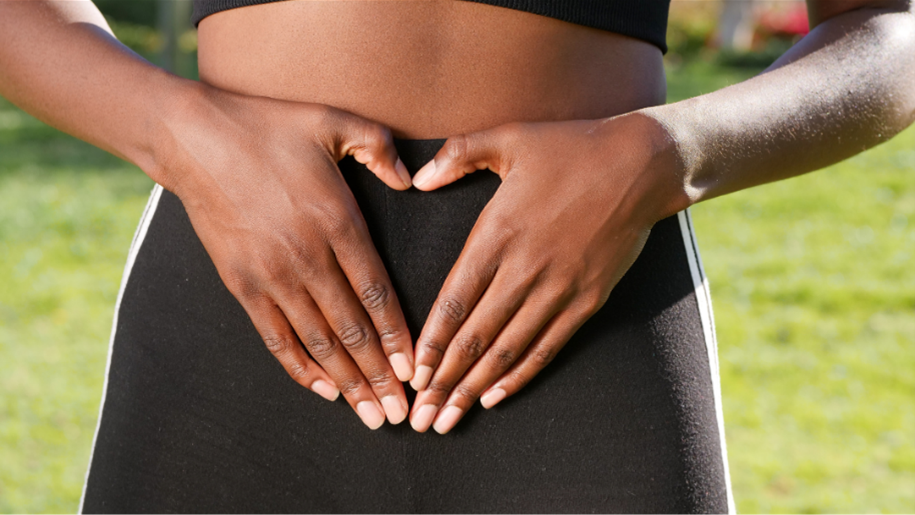Somehow, I don’t feel good using plastics and esp one-way plastics (plastics which are not reused but thrown away after consuming the product). I always feel like I am destroying the planet every time I throw a plastic cup, bottle, or container away. Do you feel this way? meanwhile I also recognize the fact that plastics are also one of the most widely used materials to transport & display package foods & beverages. They are cost effective, food safe, readily available and easy to shape into all types of convenient containers. So how are we going to get out of using this great but not very planet-friendly material.
When I think about alternative materials, I always find some form of dis-advantage with any new possible alternatives maybe with the exception of biodegradable plastics which are rapidly coming into the market. Glass is too fragile and not easy to clean, and aluminum is hard to form and also does not seem so environmental as well. However, as I look at our behaviors as consumers, I notice that we need to change our ways & choices to help the environment along as well. Making simple choices will also impact how fast we can reach a solution to the environmental catastrophe around us. I believe that the sustainability concepts of reduce, recycle and reuse, should really direct our thinking & actions.
 Simple choices like disposing plastics properly (recycle), reusing plastics as much as safely possible – remember there is a limit to the number times to reuse a plastic (reuse); or choosing which plastics we purchase can also make a very big difference (reduce).
Simple choices like disposing plastics properly (recycle), reusing plastics as much as safely possible – remember there is a limit to the number times to reuse a plastic (reuse); or choosing which plastics we purchase can also make a very big difference (reduce).
Wait a second! reducing is commonly thought of as reducing the using plastics all together, that is true, and I agree we should reduce whenever possible. However, plastics have become so pervasive in our societies that reducing them has been & will continue to be hard and not very cost effective. Other materials such as aluminum or glass have shown limitations, as well as being costly making them a hard choice for any cost effective solution.
So another way for us to think about reducing, is to reduce plastics which do not have easily available recycling streams. In the world of plastics there is actually lots of choice on the type of plastic a manufacturer can use. These different materials each have a particular characteristic that is needed by industry to satisfy consumer desires. For example some plastics were developed to provide quicker and more efficient production like the speed of molding, or in other cases the plastic has been developed to provide a particular final look & finishing to attract consumers, and there are many more examples of how plastics have been customized to meet a particular industry or consumer need. Each of these characteristics has led plastic suppliers to look at different types of plastics to meet demand, however the number of recycling streams could not catch-up. In most cases, when a plastic is developed with a particular characteristic it will not be recyclable in the currently available recycling streams. Mixing different types of plastics at a recycling center means that the end recycled bulk is not pure enough to be used again, hence recycling facilities have to choose which plastics to bring into their facilities. Since of these types of plastics have been design for a very specific purpose, they have very limited end-use, so the recycling industry could not find a cost-effective way of creating streams for such limited types & quantities.
What are specialty plastics? You may have heard of many plastic types, PE or PS or PVC or PVT etc… each of the plastics has special characteristics that have been developed to meet a desired end-use. So this means that it is not possible / desirable to mix these different plastic types when they are recycled. Therefore recycling companies will accept to recycle only one particular plastic in order to have a pure final bulk which has a big enough market. However, many other plastics that do not have big enough markets will not find a recycling streams easily. Take for example PS (polystyrene) for many reasons this material does not have readily available recycling streams, and as such is mostly sent to land-fill; could PET or PE be a replacement?
 Companies can make simple choices to use plastics that have readily available recycling streams, likewise consumers should help & reward companies that make these tough choices.
Companies can make simple choices to use plastics that have readily available recycling streams, likewise consumers should help & reward companies that make these tough choices.
Each of us has a role to play:
- manufacturers choose plastics which have locally available recycling streams and
- consumers prioritize the purchase of products that use plastics which are easier to recycle (despite the loss of some cosmetic features in the product);
This self-fulfilling prophecy will help companies and consumers reduce the number of specialty plastics that need special recycling effectively helping us make an impact that will reduce land fill. For example materials like PE are recycled in most of the countries, so any consumer can easily find a recycling point / stream therefore reducing the possibility of these plastics going to landfill. If companies use more PE, then we will not need other plastics which are not easily recyclable. However currently in many cases the industry prioritizes specialty plastic because they provide a particular feature the consumer is looking for but it not necessarily critical to the functionality of the product. Industry and consumers need to prioritize the environmental choice first, and that means trying to reduce the use of specialty plastics and recycle the common plastic as much as possible.
Finally, these choices are not only limited to plastics even with paper / cardboard manufacturers can make more sustainable choices as well. So next time you are buying products, question the type of plastics being used and choose ones that have future recycling steams. When both companies and consumers make these environmentally driven choices, we can truly make an impact.





